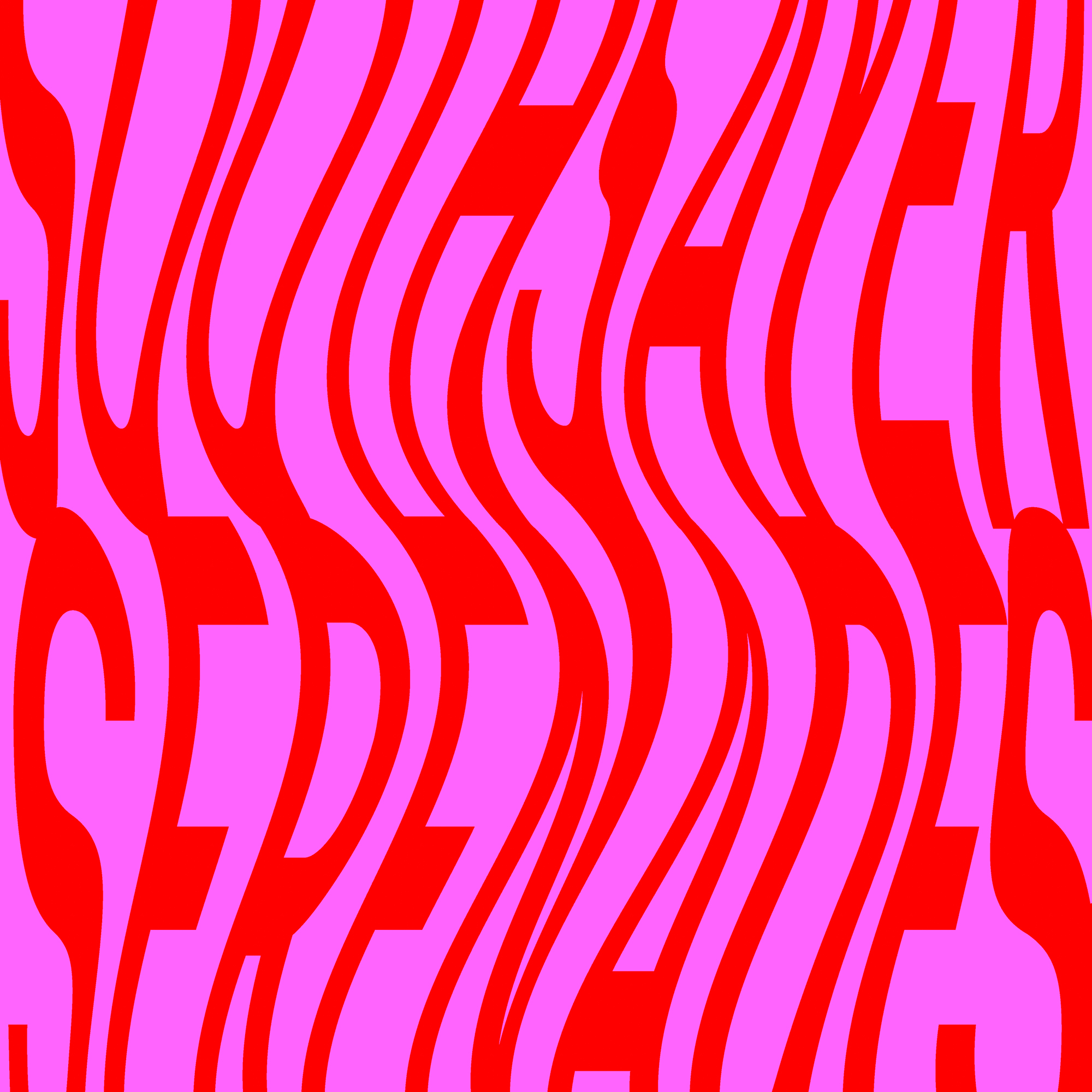Pera Kids
Ages 4-6
What is coffee? Yes, it is a hot beverage we drink from a cup. Are you ready to create your own rhythm and your own song using cups? Together with our family at our homes, we will gather coffee cups in different sizes, as well as wooden sticks or pencils. We will sit down in a circle so we can see each other better. We will examine the cups we have picked, and discuss their shapes, sizes and colors. Then, we will discover the sounds we can create using our cups and sticks/pens. Do the cups make the same sound regardless of where we hit it, or do certain parts make different sounds? Have you ever heard similar sounds? What do they sound like? After listening to these new sounds, we will make a rhythm using our cups and pencils (ting-ti-ting, clang-cla-clang…), which our family will try to imitate afterwards. Go on, show your unique rhythm!
Related Exhibition: Coffee Break
Illustrator: İpek Kay
Game Writer: Neray Çeşme
This program is presented especially for the 100th anniversary of the April 23 National Sovereignty and Children’s Day, inspired by Pera Museum's digital exhibitions.

Today we are thrilled to present the third playlist of Amrita Hepi’s Soothsayer Serenades series as part of the Notes for Tomorrow exhibition. The playlist titled Serenades to the Sun is presented by Kornelia Binicewiczon Pera Museum’s Spotify account.

Although traditionally used as a medium for functional or decorative objects, ceramic has become a medium that is increasingly used by contemporary. Here is the work of some important contemporary ceramic artists from around the world!
Tuesday - Saturday 10:00 - 19:00
Friday 10:00 - 22:00
Sunday 12:00 - 18:00
The museum is closed on Mondays.
On Wednesdays, the students can
visit the museum free of admission.
Full ticket: 300 TL
Discounted: 150 TL
Groups: 200 TL (minimum 10 people)